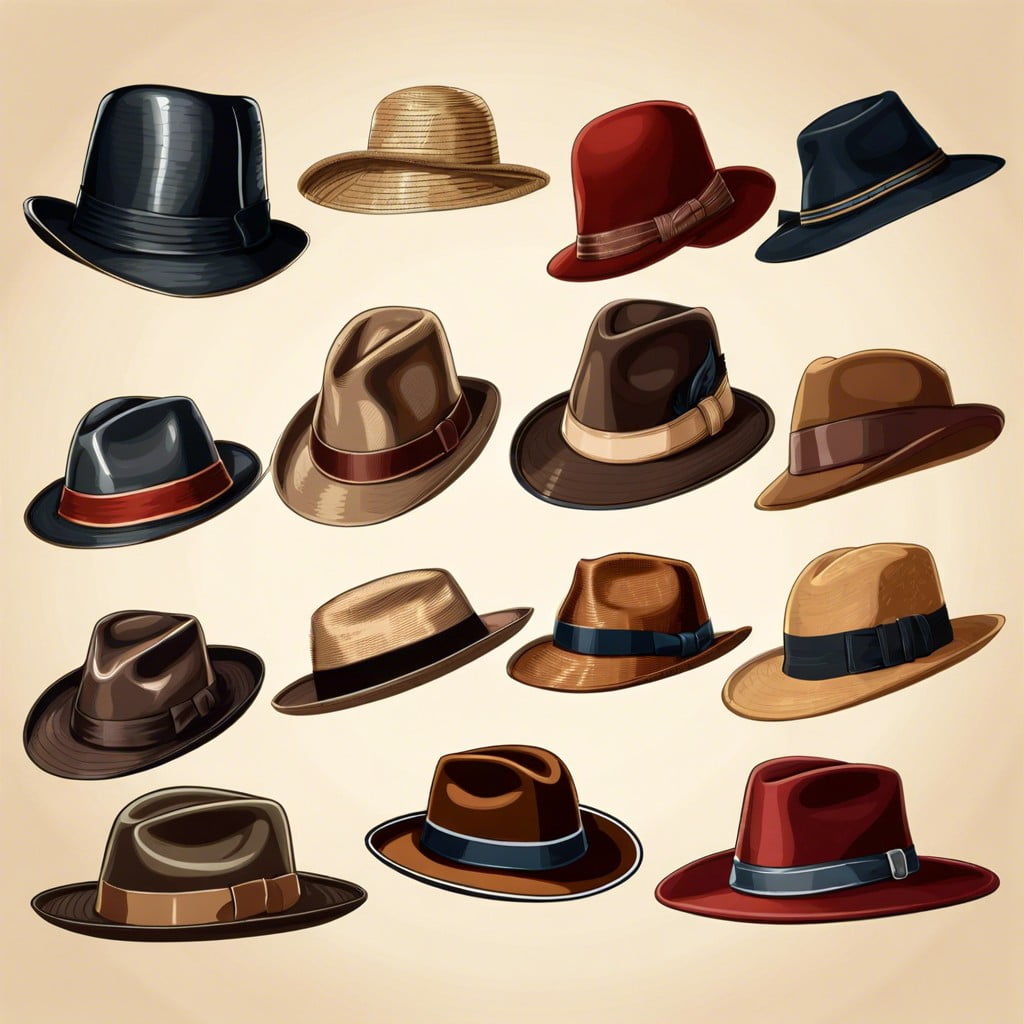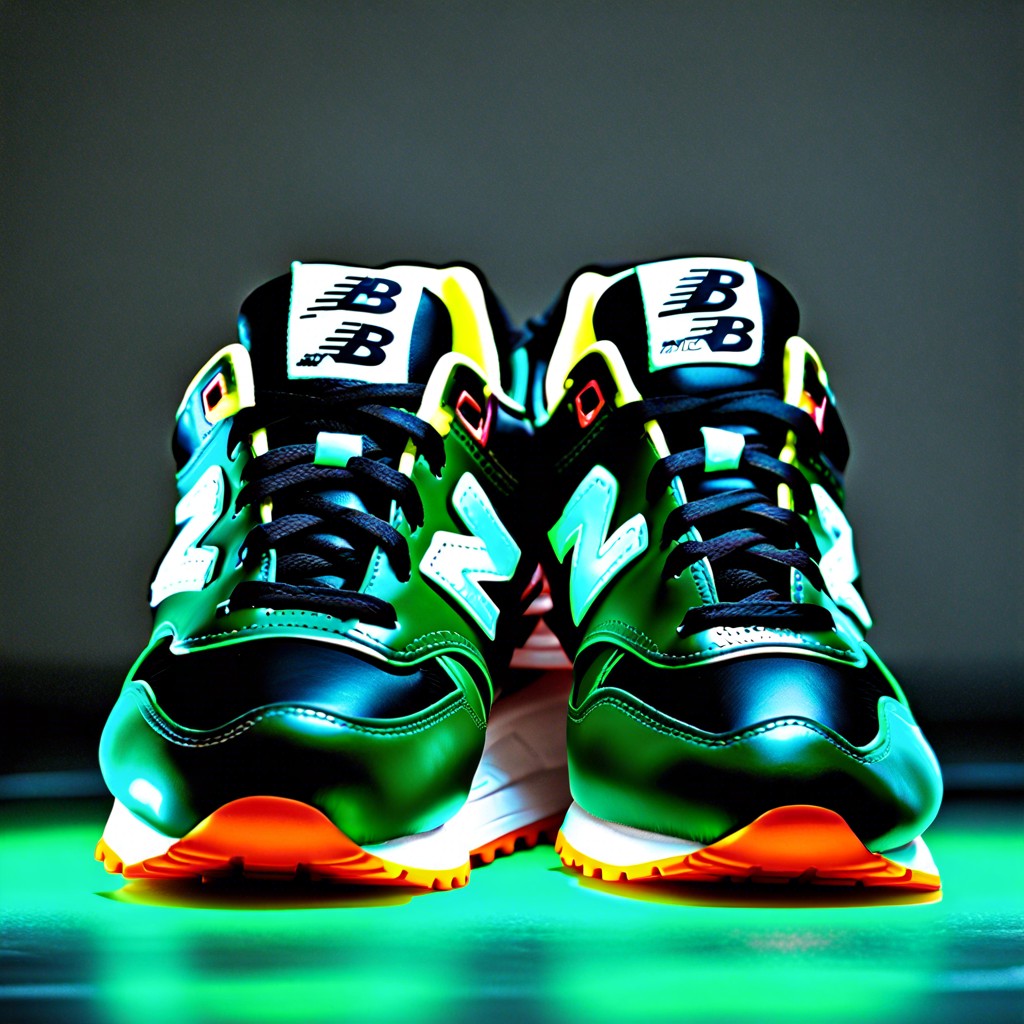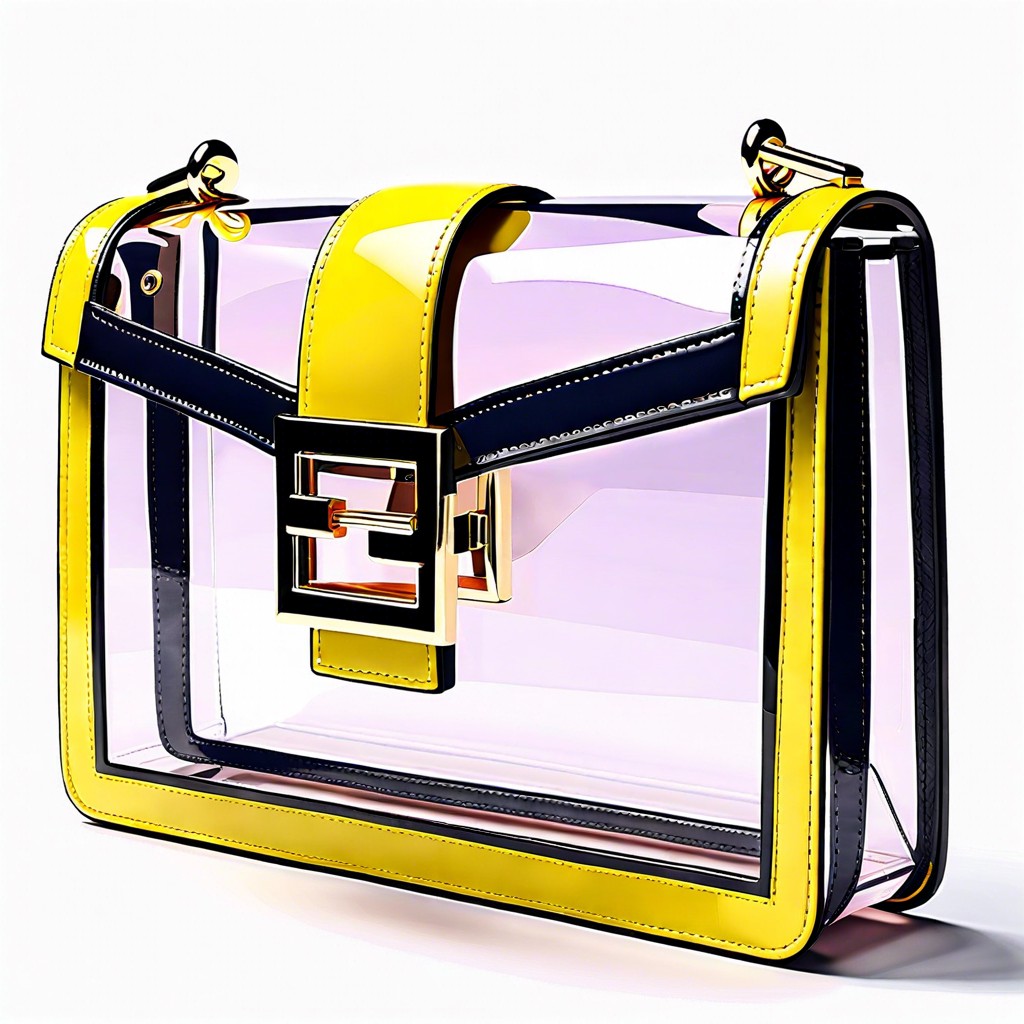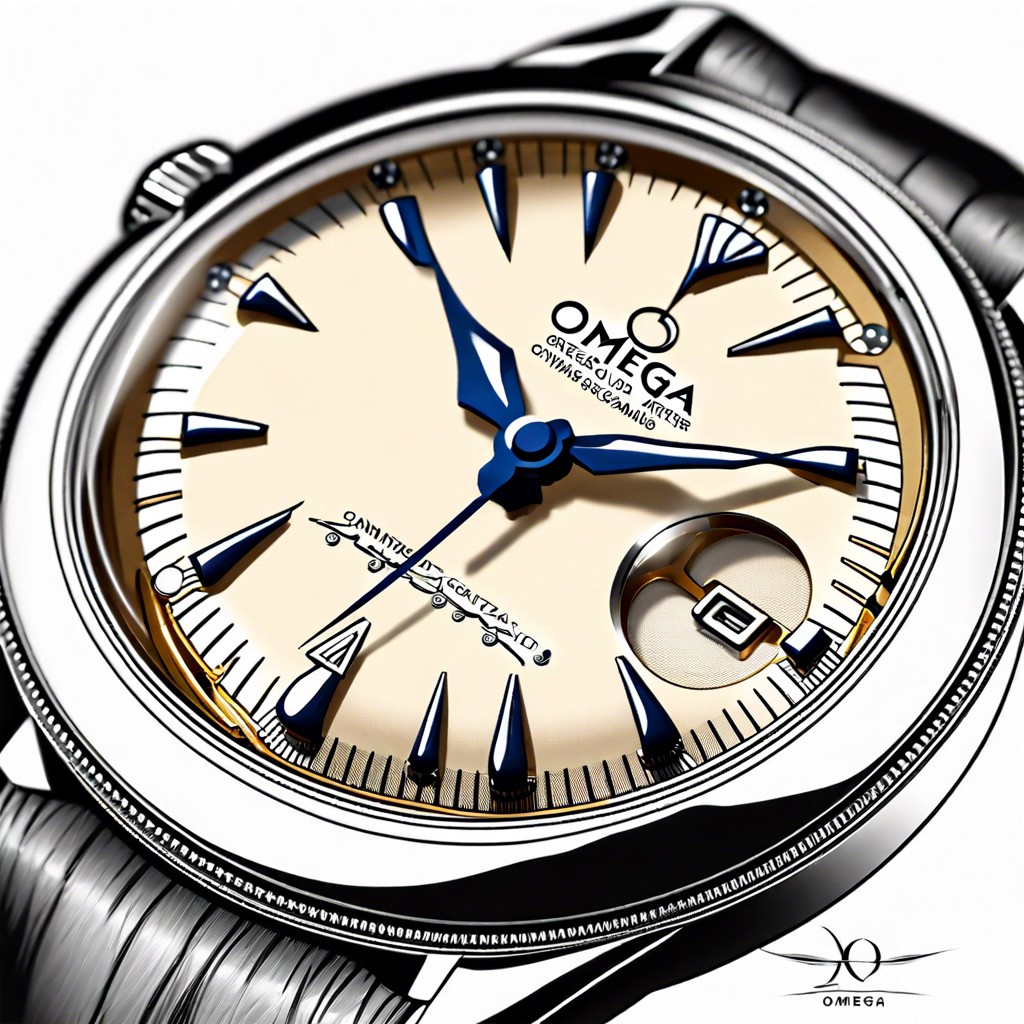Last updated on
Discover practical tips for selecting high-quality vintage hats that complement your personal style.
Key takeaways:
- Vintage hats refer to headwear from previous decades, typically at least 20 to 100 years old.
- Key eras of hat design include the Victorian era, Edwardian period, Roaring Twenties, 1930s-1950s, and the 1960s.
- To identify vintage hat styles, examine the shape, material, construction details, and unique features.
- Provenance, or the historical footprint of a hat, affects its value and cultural significance.
- Authentic vintage hats can be found in specialized shops, antique stores, online marketplaces, and through networking with vintage fashion enthusiasts.
Definition of Vintage Hats

Vintage hats refer to headwear from previous decades, typically at least 20 to 100 years old. The term ‘vintage’ implies that an item is not only from a particular era but also carries the design sensibilities and cultural significance of that time. These hats not only showcase the fashion trends that were prevalent but also offer a window into the materials and craftsmanship that were valued in different periods. Importantly, not every old hat is considered ‘vintage’; the condition, rarity, and demand play crucial roles in its classification. A vintage piece is often distinguished by its quality and the authenticity of its design, signaling its origins from a recognized time frame in the history of fashion.
Key Eras of Hat Design

The Victorian era (1837-1901) set a foundation for elaborate hat designs, mirroring the period’s penchant for detail and propriety. Women’s hats, adorned with ribbons, flowers, and feathers, balanced atop elaborate hairstyles, while the top hat reigned for men, symbolizing status and refinement.
The Edwardian period (1901-1910) witnessed the rise of the wide-brimmed hats, such as the picture hat, emphasizing femininity and elegance. These became icons of fashion, often featuring extravagant embellishments.
The Roaring Twenties introduced cloche hats, fitting close to the head, reflecting the period’s move towards modernity and the flapper culture. Men’s fashion saw a shift to fedoras and trilbies, styles that signaled a move towards functional elegance.
During the 1930s to 1950s, Hollywood glamour influenced hat fashion, creating demand for stylish and dramatic designs. Berets, pillbox hats, and the introduction of the New Look by Dior in 1947, which featured hats with broader brims and extravagant trimmings, represented this era.
The 1960s marked the decline of hat-wearing as a social norm, but it also saw innovation with mod fashion introducing vibrant colors and geometric shapes. This era’s casual approach saw the popularity of the bucket hat and the resurgence of the beret as symbols of youth culture.
Each era signifies a reflection of the social and cultural narratives of the time, showcasing the evolution of design, materials, and the shifting perceptions of fashion. Collectors and enthusiasts of vintage hats not only appreciate these items for their aesthetic but also for their historical significance.
Identification of Vintage Hat Styles
To identify vintage hat styles, examine the shape, material, and construction details. Classic shapes like cloches are synonymous with the 1920s, characterized by their bell-like form fitting the head closely, often made of felt. The 1930s and ’40s saw the dominance of wide-brimmed hats and tilt hats, also known as fascinators today, which were perched at an angle on the head.
During the 1950s, smaller hats, such as pillboxes made famous by Jackie Kennedy, gained popularity. They typically had a simple, rounded shape and were often adorned with netting or veils. In the swinging ’60s, the mod culture embraced more flamboyant designs, like bucket hats made of bold, psychedelic patterned fabrics.
Materials can also date a hat; straw was a popular choice for summer hats in the early 20th century, while synthetic materials surged in the mid-century. Look for unique features such as specific types of trim, hatpins, or labels from hat makers, as these attributes can provide clues to the hat’s era.
Examining the interior of the hat can tell a lot about its age. Earlier hats may lack lining or have hand-sewn labels, whilst newer vintage pieces might include a union label or size tag.
The Importance of Provenance When Collecting
Provenance determines the historical footprint of a hat, offering a tangible link to its past. This history can significantly affect the item’s value, collectors’ interest, and cultural significance.
Traceability of a vintage hat to a known designer, for instance, can elevate its worth. Provenance can manifest through original receipts, labels, or even photographs of a previous owner wearing the hat. These elements not only confirm authenticity but also enrich the story behind the piece.
Ownership history can be particularly fascinating when tied to significant figures or events. A hat once belonging to a celebrity or worn at a historical event carries with it a narrative that is often coveted by collectors.
Preserving provenance requires meticulous record-keeping. When adding a hat to your collection, document your purchase details and maintain any existing records. This diligence ensures the historical lineage is preserved for future generations.
Understanding provenance isn’t merely about valuing the past; it’s about safeguarding the future narrative of vintage pieces. It ensures that as hats change hands over time, their stories and significance remain intact, solidifying their place in the tapestry of fashion history.
Where to Buy Authentic Vintage Hats
Authentic vintage hats are treasures from a bygone era, often uncovered in specialized shops. Venture into local antique stores or thrift shops; the owners typically have a wealth of knowledge and may assist in finding genuine pieces. Seasonal antique markets and vintage fairs also present opportunities to explore a variety of hats in one location.
Online marketplaces like Etsy and eBay offer a larger selection, hosting sellers from across the globe. When shopping online, thoroughly review seller ratings and customer feedback to ensure authenticity and condition are as advertised.
Network within online communities and forums dedicated to vintage fashion enthusiasts. Here, insider tips, leads, and even trades with fellow collectors can be a valuable resource.
Lastly, consider estate sales and auctions, which can be particularly fruitful for high-end vintage hats with documented history. However, be prepared to verify the authenticity through detailed descriptions and, if possible, provenance provided by the sellers.




